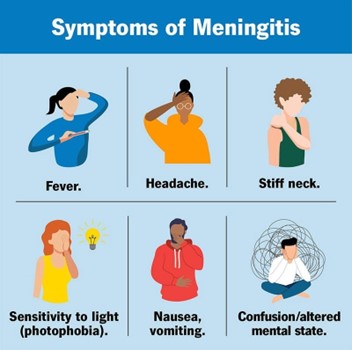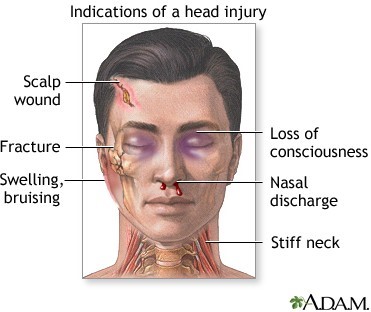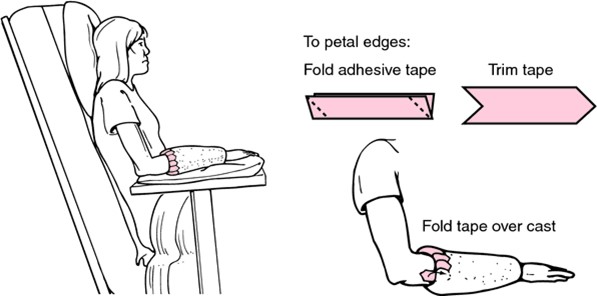A nurse at a community health clinic is caring for a client who reports a headache and stiff neck. Which of the following actions should the nurse perform first?
Obtain a throat culture specimen.
Perform a complete blood count.
Check the client's temperature.
Administer an oral analgesic.
The Correct Answer is C
A. Obtaining a throat culture specimen might be necessary if a throat infection is suspected, but it is not the immediate priority without first assessing the presence of fever or other systemic signs.
B. Performing a complete blood count could be useful in diagnosing underlying conditions or infections but is not the initial action; the temperature check provides immediate information about potential systemic infection.
C. Check the client's temperature.Headache and stiff neck are symptoms that could be associated with various conditions, including infections such as meningitis. A fever often accompanies infections, and checking the client's temperature helps in identifying if there is a fever, which could be indicative of an infection requiring further evaluation and treatment.
D. Administering an oral analgesic could provide symptom relief but does not address the underlying cause of the symptoms. It is essential first to assess the client’s condition fully before initiating symptomatic treatment.

Nursing Test Bank
Naxlex Comprehensive Predictor Exams
Related Questions
Correct Answer is A
Explanation
The nurse should report sudden sleepiness to the provider immediately if the client has a traumatic head injury. Sudden sleepiness can indicate an increase in intracranial pressure, which can be a life-threatening complication of a head injury.
Headache, diplopia, and slight ataxia are also important findings that the nurse should report to the provider. However, these findings are not as urgent as sudden sleepiness. Headache can be a common symptom following a head injury. Diplopia is double vision and can indicate cranial nerve damage. Slight ataxia is unsteadiness or lack of coordination and can indicate neurological damage.

Correct Answer is B
Explanation
If a client reports skin irritation around the upper edge of a lower-leg cast, the nurse should petal the edges of the cast. This involves applying adhesive strips or moleskin around the edges of the cast to smooth them out and prevent them from rubbing against the skin.
a. Suggesting that the client use a blunt object such as a comb to relieve the itch is not recommended as it can cause further irritation or damage to the skin.
c. Telling the client to apply lotion to the irritated skin is not recommended as it can cause further irritation or damage to the skin and may also damage the cast.
d. Bivalving the cast is not necessary for skin irritation around the upper edge of the cast. Bivalving involves cutting the cast in half to relieve pressure and is typically only done in cases of severe swelling or compartment syndrome.

Whether you are a student looking to ace your exams or a practicing nurse seeking to enhance your expertise , our nursing education contents will empower you with the confidence and competence to make a difference in the lives of patients and become a respected leader in the healthcare field.
Visit Naxlex, invest in your future and unlock endless possibilities with our unparalleled nursing education contents today
Report Wrong Answer on the Current Question
Do you disagree with the answer? If yes, what is your expected answer? Explain.
Kindly be descriptive with the issue you are facing.
